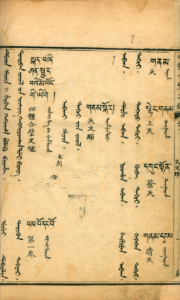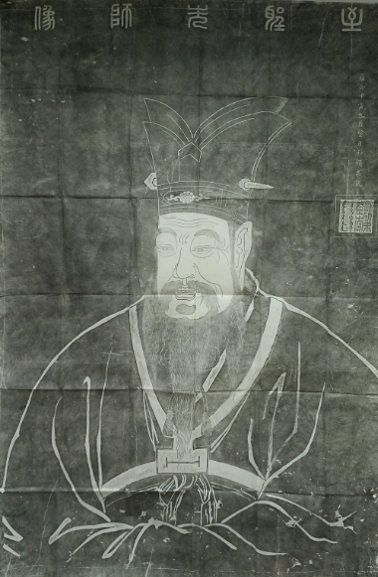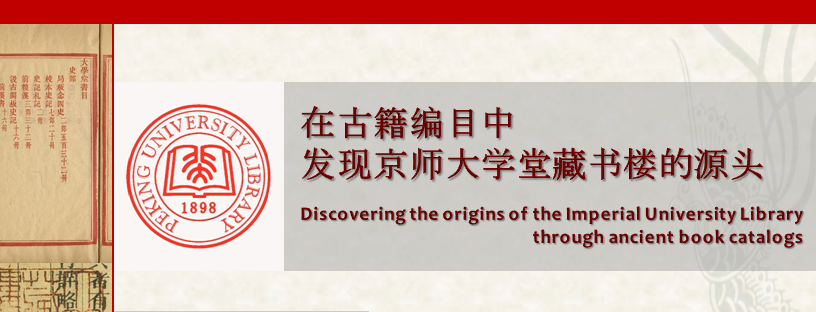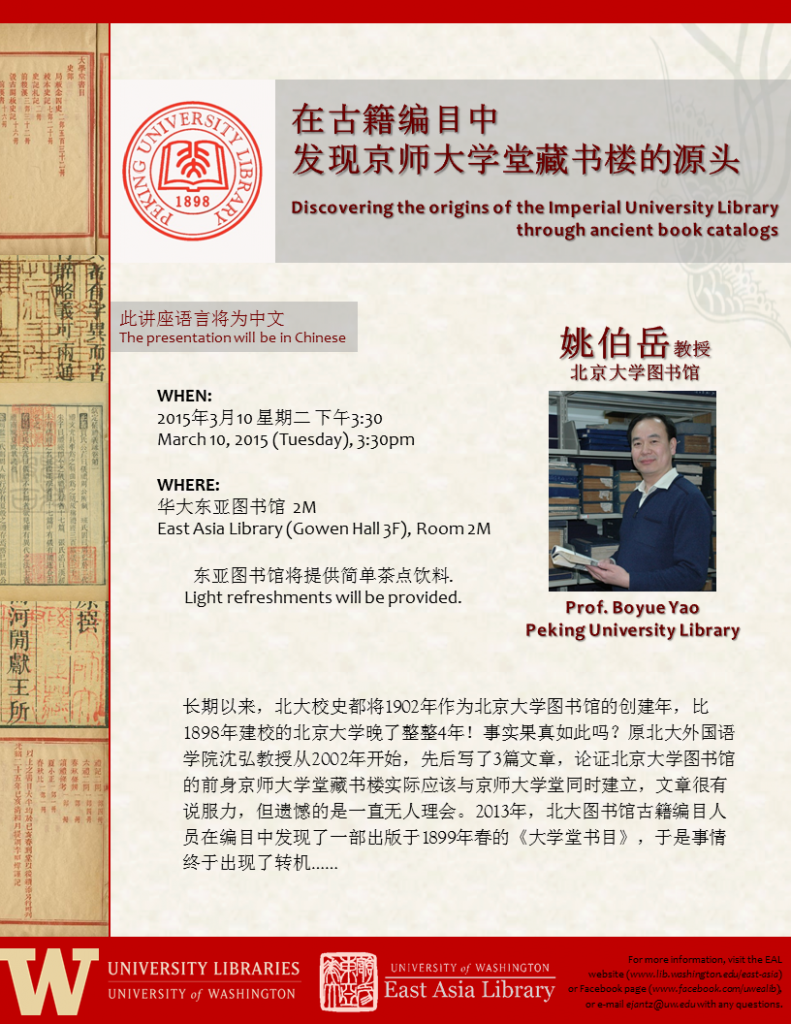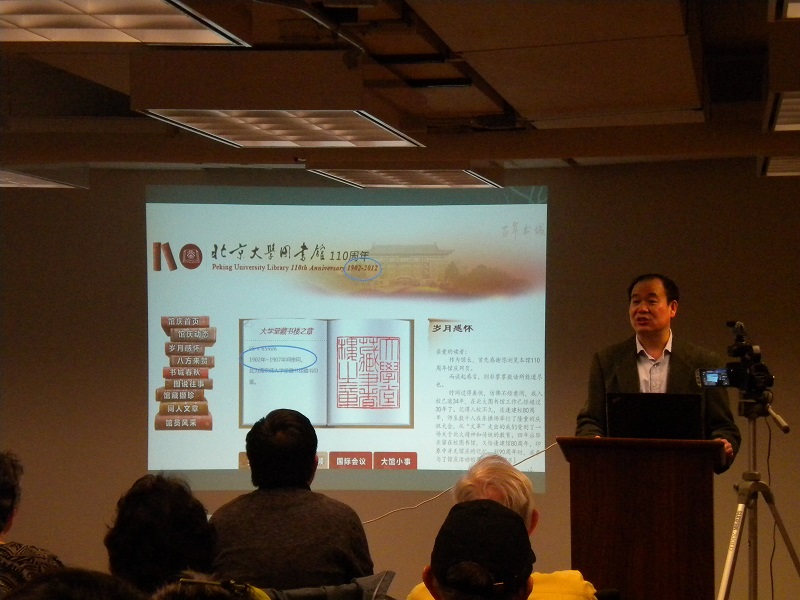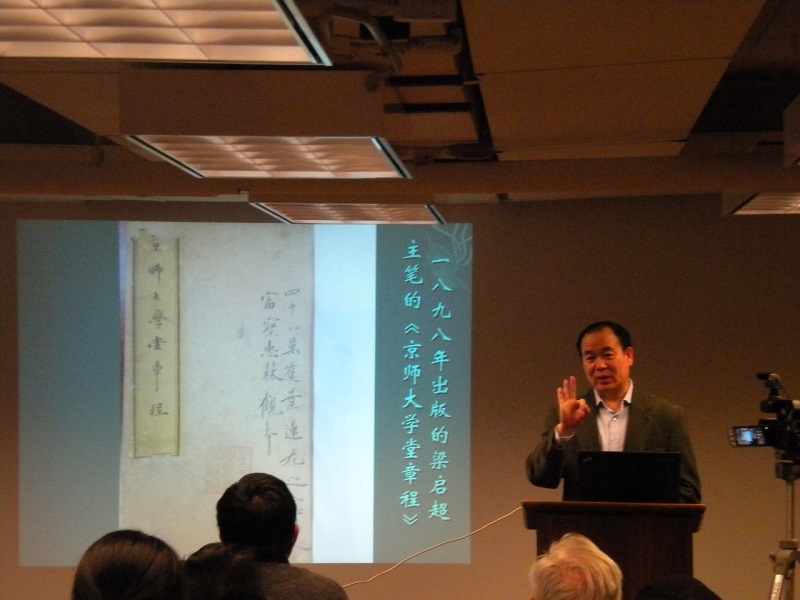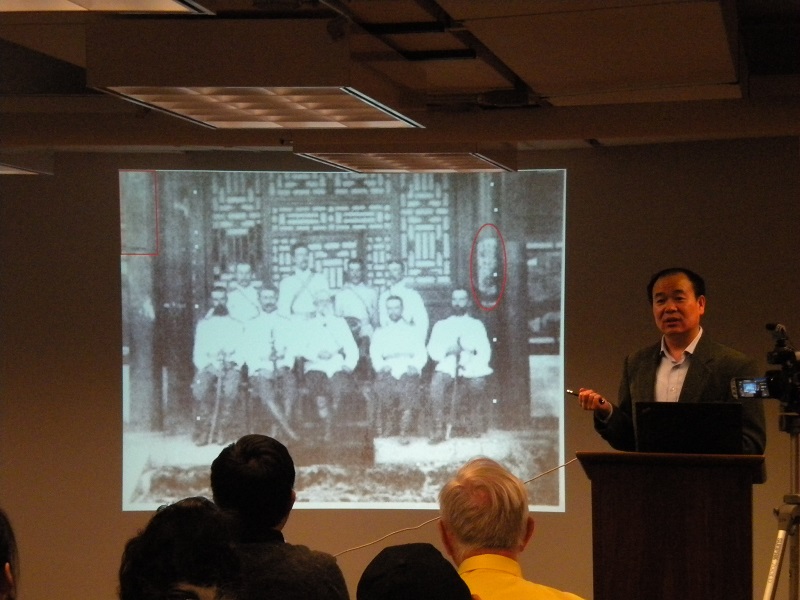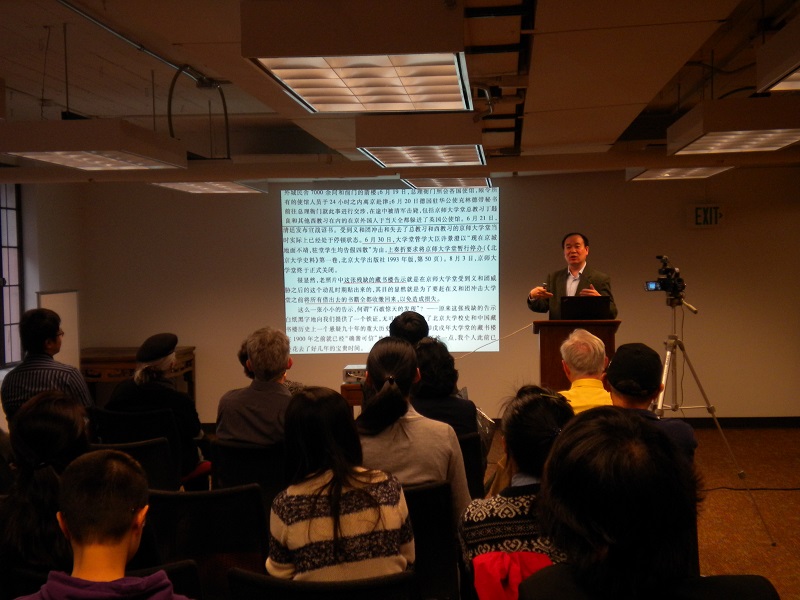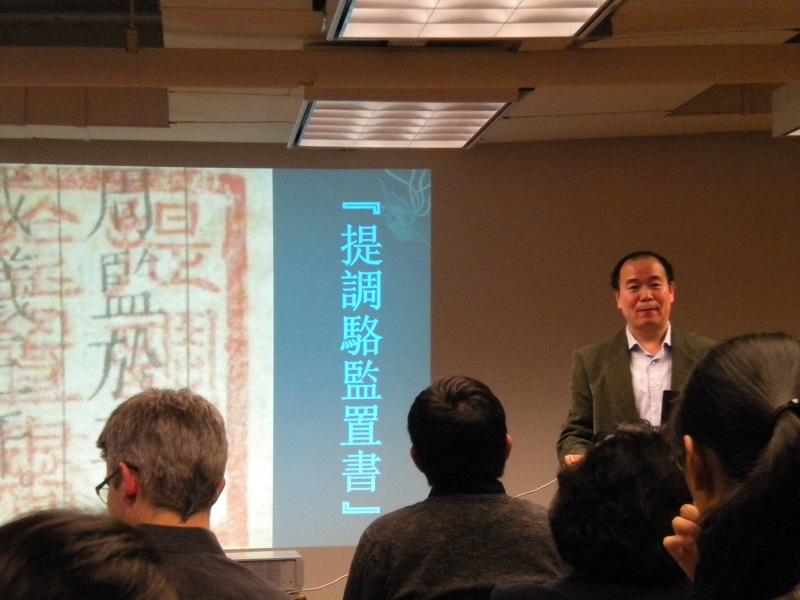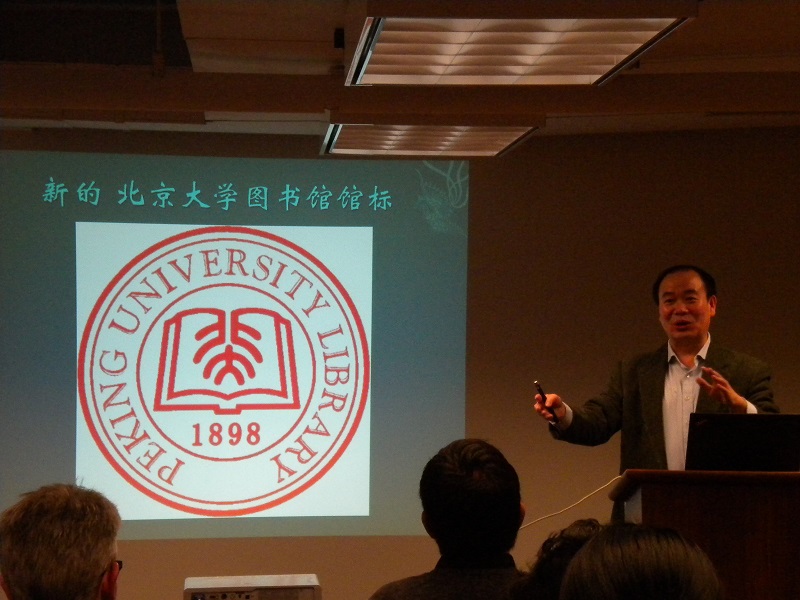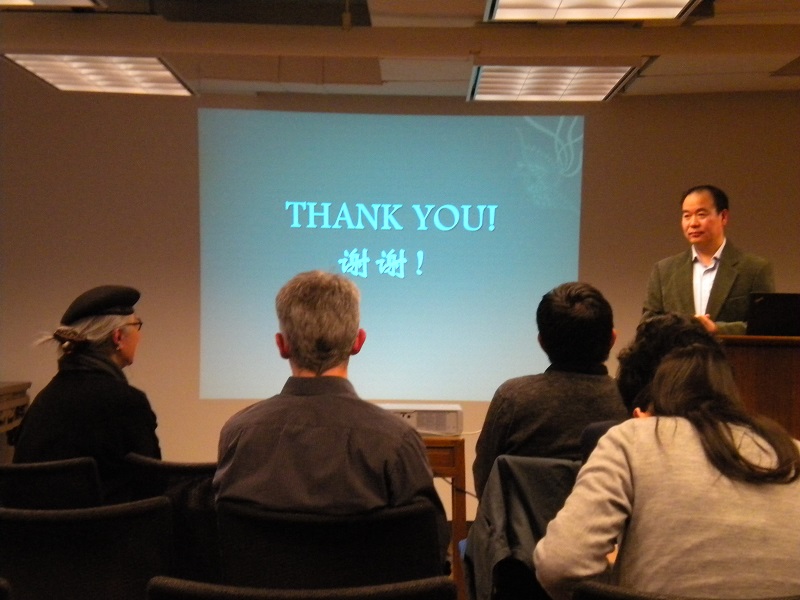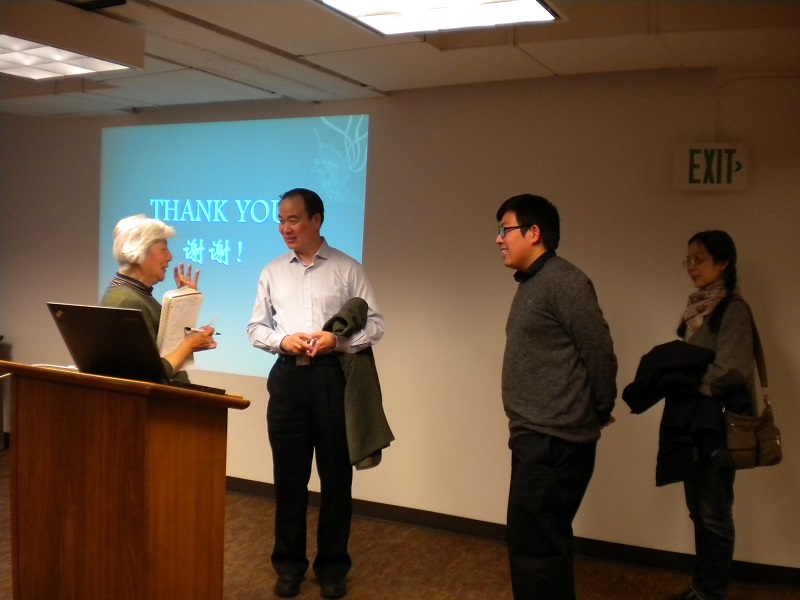On Thursday, October 29, 2015, a delegation from CLIR’s Hidden Collections Program will visit UBC, followed by a visit to UW on Friday, October 30, 2015. The purpose of the visit is for the CLIR team to learn more about the “Discovering Modern China” project work and to discuss and exchange best practices and ideas between the grant recipients (UW and UBC), CLIR, and Andrew W. Mellon Foundation, which sponsored the Hidden Collections grants.
For the UW visit, on the 30th, we’re planning an afternoon of presentations, discussion, tours, and a display of some of the hidden treasures we’ve unearthed so far. We look forward to a fruitful exchange with our CLIR visitors!

